#ntsb
The NTSB is Investigating Fatal Crashes Involving the Ford Mustang Mach-E and BlueCruise
We’ve talked at length about Tesla’s troubles with driver monitoring and crashes tied to its semi-autonomous driver assistance features, but now, it’s Ford’s turn under the microscope. The National Transportation Safety Board (NTSB) recently announced that it would investigate a fatal crash that happened in early March involving a Ford Mustang Mach-E and two cars on the interstate in Philadelphia.
Tesla's FSD Gets a Rebrand and Moves Out of Beta
Tesla’s “Full Self-Driving” (FSD) tech might be under scrutiny from several angles, but the automaker is pushing forward with a plan to bring the system out of beta and into the mainstream. The latest FSD release, version 12, included a name change for the feature, from Full Self-Driving Beta to Full Self-Driving (Supervised), but Tesla’s lack of a public relations department means we don’t have much to go on outside of the name.
Ford's BlueCruise Under Scrutiny After Fatal Crash
Tesla’s Autopilot and Full-Self Driving tech have been under scrutiny for a while now over their repeated failure to stop collisions and monitor driver behavior. Now, it’s Ford’s turn under the spotlight with its BlueCruise system. The NTSB said it wants to find out if the system was in use when a Mustang Mach-E was involved in a deadly crash in San Antonio, Texas.
NTSB Denies Involvement with The Dawn Project's Super Bowl Ad
Super Bowl commercials are lots of fun, but they sometimes spur controversy instead of lighthearted giggles. The Dawn Project, founded and helmed by billionaire CEO Dan O’Dowd, sponsored an anti-Tesla ad during the Super Bowl last weekend, but the group’s claims were almost immediately called out by the National Transportation Safety Board (NTSB), whose logo The Dawn Project used without permission.
The NTSB Wants More Speed-Limiting Tech in New Vehicles
New cars have all sorts of driver monitoring tech on board that can tell when a person is paying attention or has their hands on the wheel, but the National Transportation Safety Board feels there’s a need for more. The NTSB asked 17 automakers to add anti-speeding tech to new vehicles going forward, following an extremely deadly crash in Las Vegas last year that left nine people dead.
Government Inches Closer to Mandatory Breathalyzers, Driver Monitoring
In the past, someone who had an ignition interlock device equipped to their vehicle typically needed to be found guilty of some criminal offense. But they may become commonplace if the National Transportation Safety Board (NTSB) gets its wish to have breathalyzers installed into all new vehicles.
With crash rates spiking dramatically and substance abuse on the rise, there’s good reason to fret over impaired drivers. Last week, the NTSB cited a fatal incident where alcohol led to the death of nine people on the road – the majority of which were children – as the main reason for it to call for alcohol impairment detection systems to be included in all new vehicles. Though it’s hardly the only one, as the concept of mandatory breathalyzers has been around for decades.
NHTSA Begins Regulatory Proceedings for Autonomous Safety, You Can Help
Safety regulators with the National Highway Traffic Safety Administration (NHTSA) said they were opening formal regulatory proceedings to establish new safety standards for autonomous vehicles on Thursday. However, before the NHTSA can get into proposing new rules that will influence how cars that can control themselves will be handled by the U.S. government, it wants citizens to offer their two cents.
We’re talking specifically about Levels 3-5 of automation as defined by SAE, meaning cars that could someday be sold without steering wheels or any other means to take control of the vehicle yourself. It’s something industrial lobbyists with the Alliance for Automotive Innovation (AAI) already have a roadmap for and plan on sharing with the NHTSA soon. Based on the group’s previous initiatives, we imagine it’ll be advocating the government leave as much control in the hands of manufacturers as possible. But you’ll have a limited window to weigh in on that position (or, better yet, share your own) while regulators have an open request for public comment.
NTSB Claims Half of U.S. Fire Departments Can't Handle EV Fires
The National Transportation Safety Board (NTSB) has been outstanding when it some to destroying whatever illusions we’ve built up around ourselves in terms of automotive security. When the Department of Transportation was claiming advanced driving aids would eventually lead us to a future where car accidents were a thing of the past, the NTSB was there running crash investigations suggesting that those systems were not only error-prone but likely encouraging motorists to become more distracted behind the wheel.
Now its back to burst another bubble. According to data compiled from over a dozen reports, the NTSB believes fire departments are woefully unprepared to tackle hybrid and electric vehicles. The group estimated that roughly half of all American departments lacked any protocols for tackling such fires. Even among those who did, the criteria provided was often quite lax and might be insufficient for suppressing those famously troublesome lithium-ion battery fires.
Slammed by the NTSB, Uber Now Promises to Make Autonomous Test Data Available to Public
Uber Technologies promised to make the safety information related to its self-driving program more widely available following some fairly harsh criticism from the National Transportation Safety Board (NTSB).
The agency had faulted Uber with some amount of responsibility after conducting its investigation into the fatal testing accident that took place in March of 2018. The incident, which took place in Tempe, AZ, involved an inattentive Uber safety operator who struck and killed a pedestrian who was attempting to cross a poorly lit roadway — creating a national backlash against self-driving vehicles and a push toward ensuring higher levels of safety.
Police say the vehicle was operating autonomously for testing purposes at the time of the collision. Following months of investigation, the NTSB decided in 2019 that driver failed to act in a safe manner due to being distracted by their cellphone. Uber was also faulted for possessing inadequate safety risk assessment procedures, ineffective oversight of vehicle operators, and a general absence of mechanisms to address complacency by operators as the cars drove themselves.
Autonomous Vehicle Legislation Unlikely to Go Anywhere in 2020
Legislation that would advance the widespread deployment of autonomous vehicle in the United States appears to have stalled. With development of the technology hitting a rough patch and public perception teetering between AVs being a major breakthrough for society or an important contributor to its demise, any new laws might have been irrelevant anyway.
Outside of major players like Waymo, companies making consistent progress on the technology are hard to find; meanwhile, it’s becoming increasingly difficult to decide who’s at fault when a computer-controlled car goes off script and hurts someone or destroys property. Drivers don’t want to be liable, since they’re not technically supposed to be the ones in control (once true self driving arrives) and manufacturers don’t want to assume any more responsibilities than absolutely necessary.
Those concerns and more were reportedly on full display during last week’s Automated Vehicles Symposium. Designed to take the pulse of the industry and decide where AVs currently stand, the event seemed to showcase that there wasn’t much to be done this year. Whether it be the fault of companies overestimating how quickly the technology would advance (yes), the impact of pandemic-related lockdowns (yes), the unappetizing nature of the mobility concept (yes), or a lack of effective, well-informed governance (yes), 2020 seems to be a wasted year for vehicular autonomy.
NHTSA Readies New Voluntary Autonomous Driving Database
The National Highway Traffic Safety Administration (NHTSA) plans to release new guidance for automakers to make autonomous testing data available to the public. As you are no doubt aware, the concept of self-driving cars is losing steam. The industry finds itself confronting hurdles it never could have anticipated, slowing progress, while high-profile mishaps have shaken the public’s faith.
While polling has hardly been consistent (and often conducted by actors who frame the questions to get a desired answer), reputable outlets have shown us that public acceptance of self-driving cars declined over the past few years. The NHTSA would like to offset this by allowing regular folks to more easily track the industry’s progress, while encouraging a bit of competition among companies as they compare themselves to each other in a new database.
NTSB: Autopilot Partly to Blame for Fatal Tesla Crash; Video Game Was Playing on Driver's Phone
A report from the National Transportation Safety Board concludes that a fallible driver-assist system, and the driver’s overreliance on it, were the main causes of a fatal March 2018 crash on US-101 in Mountain View, California.
The violent crash of a Tesla Model X that killed a 38-year-old Apple software engineer is a perfect example of both Silicon Valley excess and the teething troubles facing our tech-obsessed world.
Regulators, Mount Up: NTSB Presses NHTSA for Better Self-driving Safety
While the National Transportation Safety Board’s (NTSB) job isn’t to establish new regulations, it is obligated to enforce the country’s Federal Motor Vehicle Safety Standards while conducting crash investigations and making recommendations to other agencies on ways to improve vehicular safety.
Lately, that job involves telling the National Highway Traffic Safety Administration (NHTSA), an agency that does write those rules, to step up its game on autonomous vehicles.
Last week, the NTSB held a board meeting in Washington D.C. to determine the probable cause of a fatal collision between a self-driving Uber prototype and a pedestrian in March of 2018. While Uber took plenty of heat, the NHTSA also came under fire for prioritizing the advancement of advanced driving technologies over public safety.
NTSB: Autonomous Uber Vehicles Crashed 37 Times Before Fatal Accident
The National Transportation Safety Board (NTSB) has disclosed Uber’s autonomous test fleet was involved in 37 crashes over the 18-month period leading up to last year’s fatal accident in Tempe, AZ. Having collected more data than ever, the board plans to meet on November 19th to determine the probable cause and address ongoing safety concerns regarding self-driving vehicles.
Reuters reports that the NTSB plans to issue comprehensive safety recommendations to the industry, as well demand oversight from governmental regulators, in the near future.
Unfortunately, the circumstances surrounding the fatal incident in Arizona are as unique as they are complicated — ditto for most other crashes involving AVs. While Uber’s test mule failed to identify the pedestrian in time, leading to her death, she was also walking her bicycle on a particularly awkward stretch of road. “The system design did not include a consideration for jaywalking pedestrians,” the NTSB said.
NTSB to Limo Operators: Buckle Up for Change
In the wake of a deadly Ford Excursion limousine crash in upstate New York, the National Transportation Safety Board is calling on limo operators and builders to ensure passengers are belted in. It’s also calling on the National Highway Traffic Safety Administration to make its recommendation the law of the land.
The 2018 crash in Schoharie, NY killed 18 occupants of the aging SUV-turned-limo, as well as two pedestrians. Using this crash and several others as a starting point, the NTSB’s study and subsequent report found that the only way to ensure passenger safety is the most obvious one: buckle up.

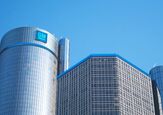

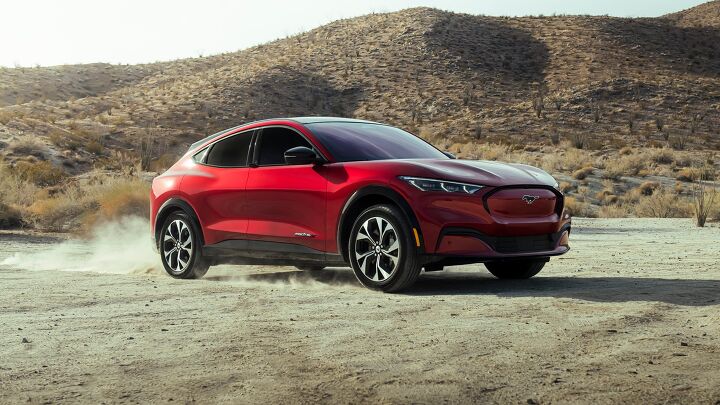

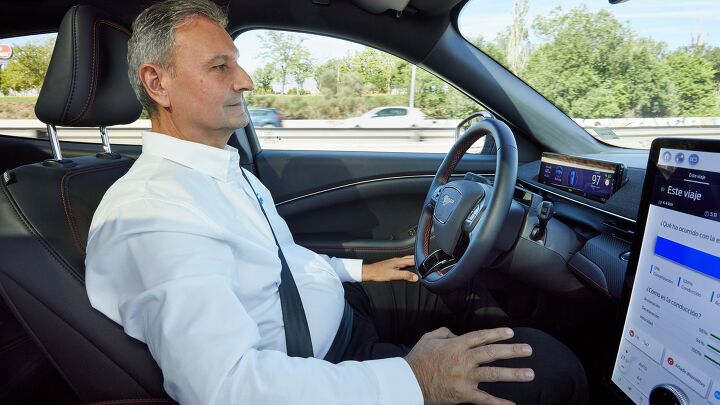
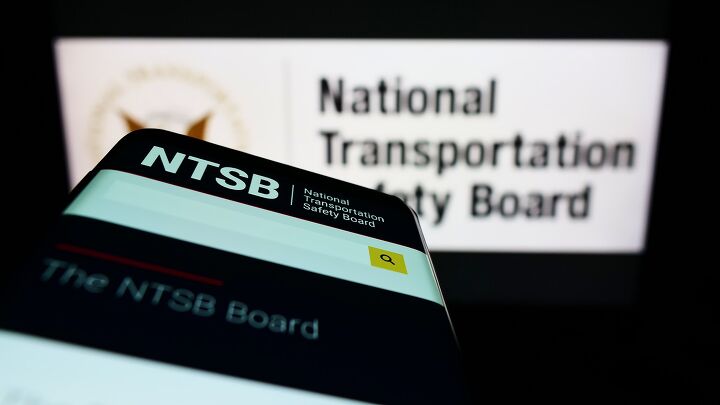



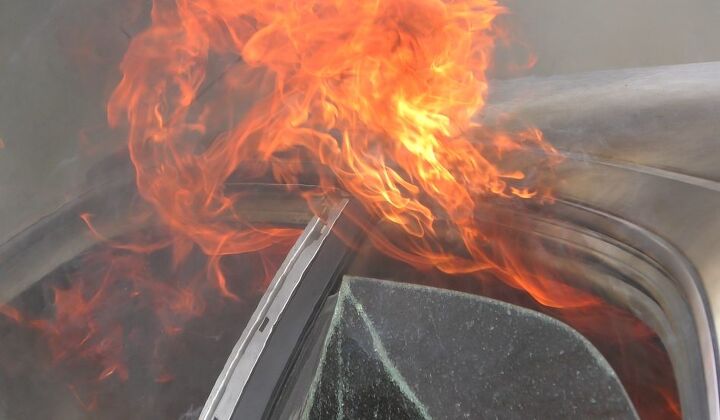



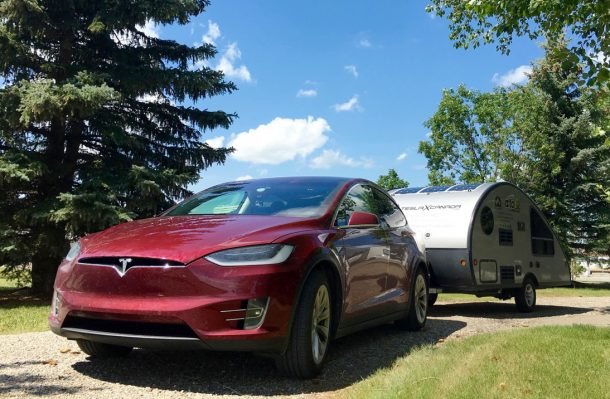


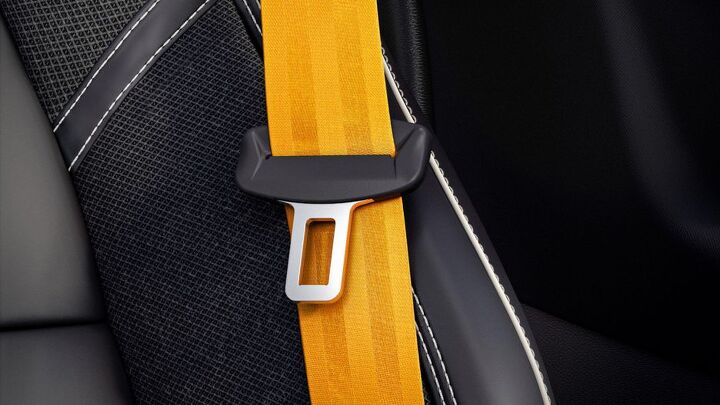











Recent Comments